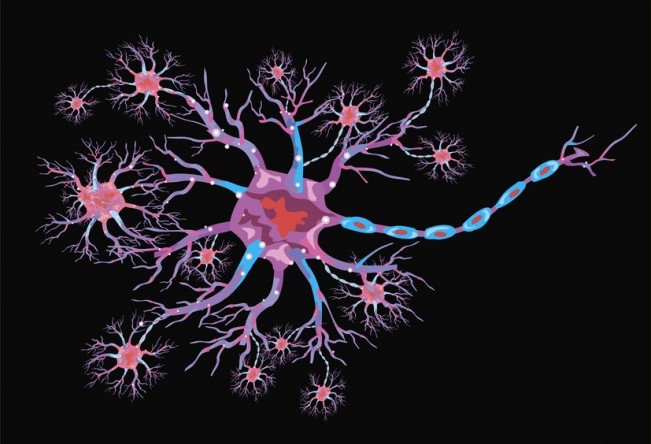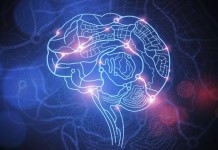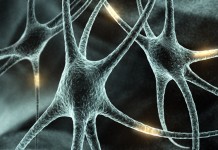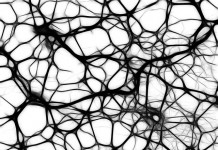According to Epilepsy.com, this is what commonly happens during a seizure:
- The electrical activity is caused by complex chemical changes that occur in nerve cells
- Brain cells either excite or inhibit (stop) other brain cells from sending messages. Usually there is a balance of cells that excite and those that can stop these messages. However, when a seizure occurs, there may be too much or too little activity, causing an imbalance between exciting and stopping activity. The chemical changes can lead to surges of electrical activity that cause seizures.
- Seizures are not a disease in themselves. Instead, they are a symptom of many different disorders that can affect the brain. Some seizures can hardly be noticed, while others are totally disabling.
Seizures don’t necessarily mean that the patient convulses violently and uncontrollably. What is does mean is that momentarily the person is not able to connect to themselves mentally and can even “space out” or not remember what is going on to them and around them for a certain amount of time.
There are three common types of seizures and either one to all three can occur in a patient’s lifetime. They are as follows:
- Focal Seizures
As the name suggests, this type of seizure is specific to a particular part of the body. The person’s muscles in a certain area may start to jerk, over which he or she has no control. Also, the person might blank out and not be able to discern his or her surroundings for a certain length of time during which there is no mental or physical control over the movements of the body.
- Postictal
Again, as the name suggests, this is the post-seizure period. It comes under the seizure umbrella, because even during this time the patient is unaware of their surroundings and does not have control over mental and physical functioning. This post-seizure episode can last anywhere from seconds to hours. After the postictal period, the patient does not remember what happened during the episode as the memory has been wiped out. It is like a few minutes of unawareness while still being conscious.
- Generalized Seizures
There are apparently 6 types of seizures under this category and their effect is different in each of the cases:
- Atonic seizures are those where the muscles on both sides of the body are atrophied.
- Absence seizures are those where there is a short duration of time of slight twitching of a particular muscle and may include the blanking out of the memory
- Myoclonic seizures are those that involve spasms of muscles in any and many parts of the body that is not fixed to one particular area
- Clonic seizures are those where the entire body appears to be uncontrollably shaking
- Tonic seizures are those where muscles of the entire body begin to contract and it appears that the person is folding into himself or herself. This is dangerous as if the muscles near the chest begin to tighten, the patient may find it difficult to breathe
Tonic-clonic seizures are a mix between the above two type of seizures where there may be expansion followed by contraction of muscles that cause the patient to appear to fold into himself or herself and then arch is different angles, unable to control the movements.
Image Source: artfulseizures.com
Liked this article on What Are Epileptic Seizures Like? Have your own stories or ideas that you would like to input? Comment below and don’t forget to share this article!









